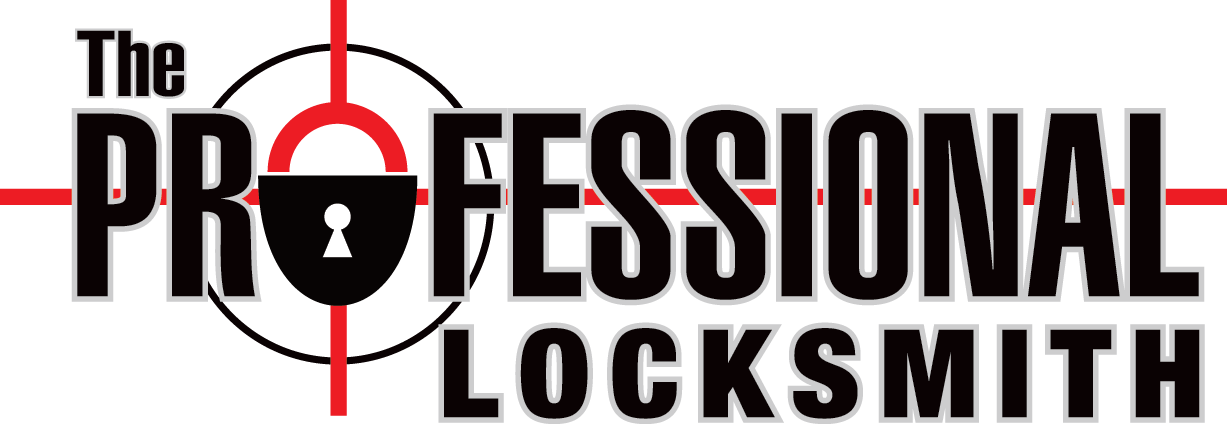Businesses seeking security beyond basic lock and key solutions will benefit from installing an access control system. These systems verify credentials while also offering analytics that monitors movement within a facility.
Learn about each type of access control system to determine which is appropriate for your business. Discretionary, mandatory, role-based, and identity-based are among the most prevalent systems on the market today.
Discretionary
The discretionary access control (DAC) model enables an object owner to determine who may and must access it, making this an efficient security protocol for data networks due to its ease of use, low administration cost minimization, fast authentication process, and customizable permission settings.
Fine-grained access control uses capabilities to represent objects. Each capability (cap) represents a set of rights associated with that object. Subjects may delegate their right to another subject by giving them a copy of its capability; any component wishing to verify an object can check its signature, known as its DAC token signature.
DAC is often combined with role-based access control (RBAC), which assigns roles to groups of users for administrative convenience. An administrator could create user roles for different departments that grant specific access to files and data - for instance, an RBAC might give only that group full access to a top-secret file, for instance.
Mandatory
Mandatory Access Control (MAC) is a security model that offers maximum protection to information and systems by assigning different clearance levels for different users and security labels to objects. This enables an operating system to check each user's credentials against each object they try to access to determine if access permission has been granted or denied.
Role-Based
Role-based access control (RBAC) grants permissions based on user roles. As one of the most versatile types of access control systems, RBAC is one of its most commonly employed applications. RBAC works best when tailored specifically for a company's needs and regulations - for instance, a healthcare organization will likely differ significantly from banks or schools when it comes to IT landscape.
Role-based access control's main purpose is to limit which systems a person has access to and thus cut costs while also increasing data protection and security.
Role-based access control relies on clear criteria based on user accounts to establish what kind of access someone has, making it easier to manage changes as people switch positions and update permissions accordingly. A more dynamic approach such as Attribute-Based Access Control (ABAC) offers greater granularity but may require additional IT and development resources to administer effectively; both methods serve the goal of keeping sensitive information safe by giving each user exactly the level of access necessary.
Identity-Based
Identity and access management (IAM) systems authenticate user's digital identities using something they know (such as passwords or security tokens), something they own (e.g. security token), or something about themselves (such as visual or biometric identification). IAM solutions often combine with role-based access control in order to more efficiently enforce procedures and policies.
IAM can be used to protect sensitive business data and safeguard against cyber theft by restricting access only to authorized personnel. Furthermore, it enhances wider cybersecurity policies by decreasing malicious threats.
